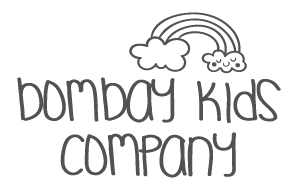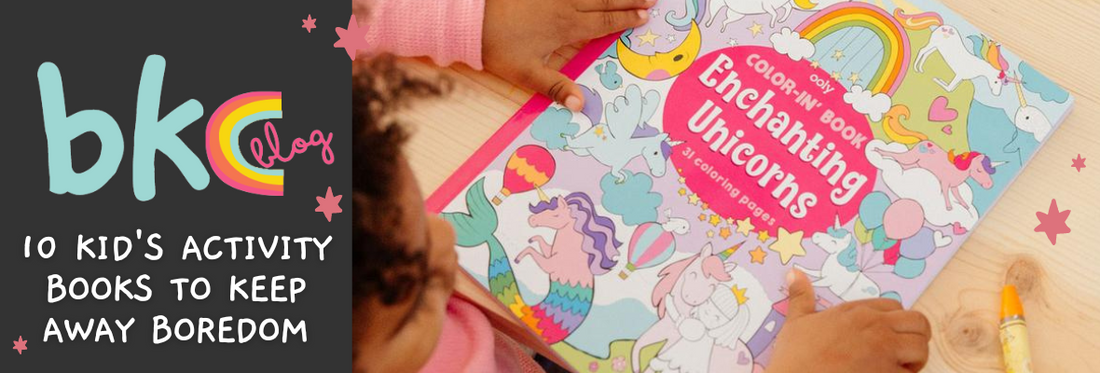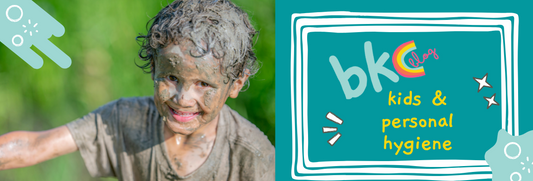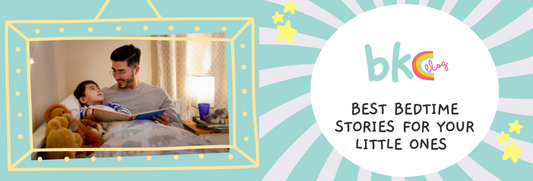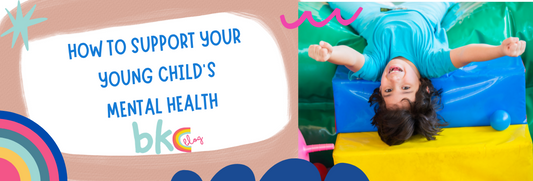When bored, it is easy to yield to the addictive pull of screentime to save your child and yourself from pulling out each other’s hair. The article lists 10 activity books that can help save the day when children are bored indoors.

Be it the end of a vacation or a rainy weekend, one can only do so much until boredom finally catches up. It’s not a celebrated fact that boredom amps up creativity and task engagement in all humans. However, those moments when your child is bored out of their wits is not something parents can cope with easily.
The solution to this is not screen time. Time and again, studies have shown that excessive exposure to screens can negatively affect language skills and cognitive development in young children.
We have a few tricks up our sleeve to keep boredom at bay. Read on to unleash the Phineas and Ferb (minus all the gravity-defying tricks) in your young ones.
1. Activity Books that Never End
Age group: Above 3 years
Benefits: Develops cognitive skills
We know what you’re thinking: ‘How is that possible? All activity books have to end after the last page.’ Not necessarily, if you are working on the write and wipe books by Junior Explorers and Usborne.
If your child is big on DIYs, get printable activity sheets from the Internet. Laminate them or safely place them in a Ziploc bag, and then your kid can go to town with calligraphy markers. When they’re done, all you have to do is wipe them clean with a wet washcloth.
2. Sticker Play
Age group: Above 3 years
Benefits: Enhances fine motor coordination
If you remember your childhood well, you would know how crazy the sticker phase was. You couldn’t wait to stick them on your notebooks or even walls when your parents weren’t watching. From gently peeling them off the sheet to carefully sticking without air bubbles, playing with stickers is a gratifying experience.
Extend the opportunity of this experience to your children. Start their sticker collection with Sparkly Unicorns Sticker Book. Engage their senses with glittery, puffy, and scented stickers.
3. Get Sketchy
Age group: Above 3 years
Benefits: Encourages creativity and improves focus
This is a time-tested activity all parents of young children fall back on. And for good reason. Whether they colour outside the lines or not, most children love to sketch and colour.
Get your child the needed supplies for a solid hour or two of creative fun: activity books such as Doodling Dinosaurs and Draw with Rob: Monster Madness, and some colour pencils and crayons.
4. All-Rounder Activity Books
Age group: Above 4 years
Benefits: Improves memory and develops focus
It is an activity book which keeps children quiet at their task, yet puts them to work mentally. You might not find that definition in a dictionary, but parents stand by it.
Give your child an activity book that has it all: puzzles, stickers, colouring, doodling. We love Little Children's Space Activity Book.
5. Science Experiments

Age group: Above 7 years
Benefits: Teaches scientific concepts and helps build concentration
As a parent, there will always come a time when one wishes for an ‘off button’ to power down your little one’s curiosity. Fortunately, that’s not how life works.
If your child is only steps away from burning down the house or hurting themselves in the process of some inquisitive fun, science experiments might be the right way to constructively channel their curiosity.
This is where science activity books – such as Science Factivity – and basic home experiments play a vital role in indulging the scientist in your child. This is a win-win for both of you as it keeps your child engaged for a long time and quenches their curiosity in a controlled environment.
6. Stamp It

Age group: Above 6 years
Benefits: Helps with visual-spatial reasoning and advanced fine motor skills
Has your child ever done vegetable printing in preschool or kindergarten? If yes, here is another fun learning technique that is similar to the latter: rubber stamping.
Get your child a rubber stamp activity book to start. As they stamp away, they learn the shapes of different animals, plants, or things around them. This also helps children take instructions and follow them properly.
7. Word Play
Age: Above 6 years
Benefits: Enhances vocabulary and improves focus
If your child is an avid reader, having them solve word puzzles is a creative way to test their vocabulary and have fun in the process. If your young one is just starting to read, word games will pique their interest especially when they can spot words later in books.
We love Mini Wordsearches and Perfect Puzzles: Word Search. Once your child has their puzzle in front of them, set a time to complete it, and see how well they can solve it.
Shower words of encouragement and appreciation as your little one wracks their brain.
8. Play Dress Up

Age: Above 4 years
Benefits: Nurtures imagination and improves language skills
Dress-up books – Pirate Play, Knight Play, or Convertible Princess Carriage – might be our most favourite activity books to date (oops, did we say that out loud?).
With its inflatable sword or convertible carriage, your child could either dress up as a knight, princess, or a pirate, and follow the storyline in the book for some action-packed funtime.
To make things merrier, volunteer yourself as the villain or the damsel (or the male equivalent) in distress in the storyline.
9. Scratch and Etch Art

Age group: Above 4 years
Benefits: Develops fine motor skills and improves pattern recognition
As parents, we always love the look of accomplishment on the face of our young ones when they finish doing something after following your clear instructions. One can’t help but feel proud at that moment; these moments often deserve a spot on the fridge or become a keepsake for mommy.
Here is an activity that we know will bring that look to your child’s face again: etching art.
You could get started with Scratch Art Llamas - Rainbow Fun. Once they get used to the stylus and the subsequent art, give them a more complex project with Kaleidoscope Etch Art Creations: Hand Lettering.
10. Paper Craft
Age group: Above 7 years
Benefits: Builds a basic foundation of geometry, teaches to follow instructions, and improves focus
Introduce your child to the world of origami. First, tell your little one what you’ll be creating. Explain each fold while encouraging them to follow each of your moves until both parties create their respective paper toys. If your child is interested, start with the next design or step.
If your child is already a pro at making planes and boats out of paper, move on to monster paper toys. When you are done, you could either start a collection of such toys or build a story around the creatures.
See, that wasn’t so bad, was it? If your child is engrossed in their activity books, who has the time to ask for screen time!
Once your child is done, encourage them to find creative ways to keep themselves engaged. How about a nap next?

